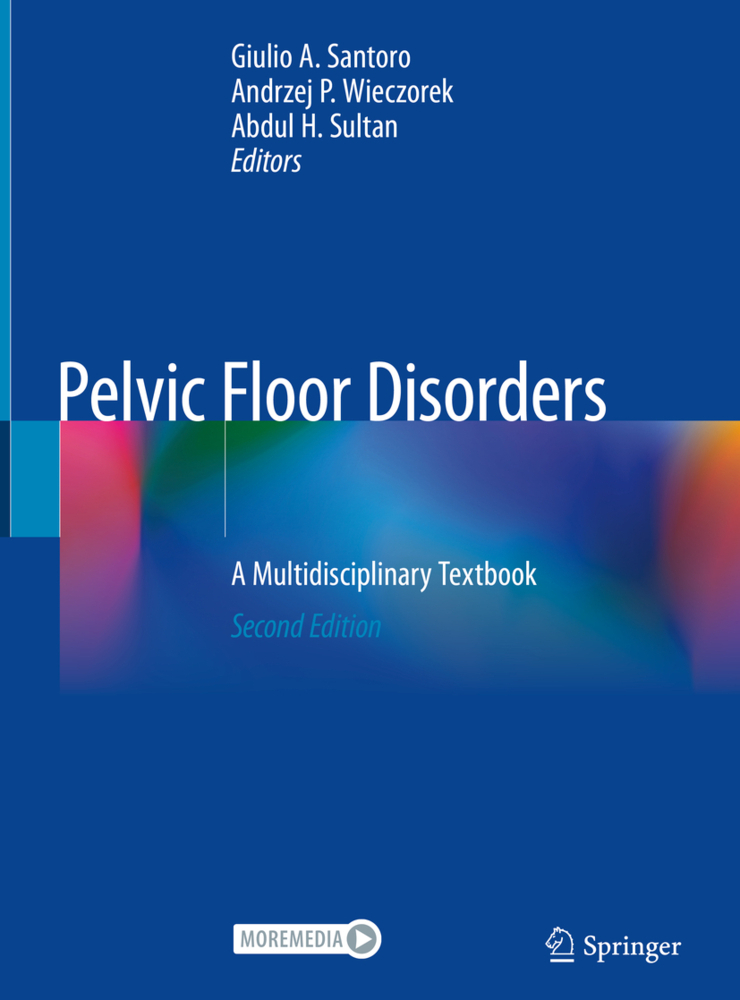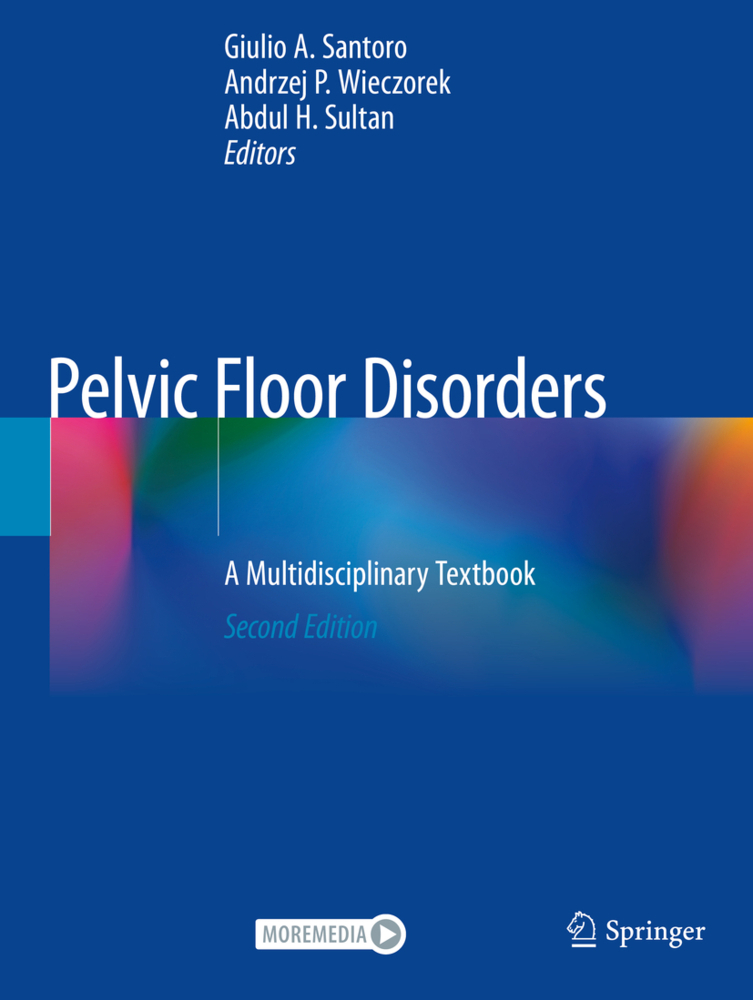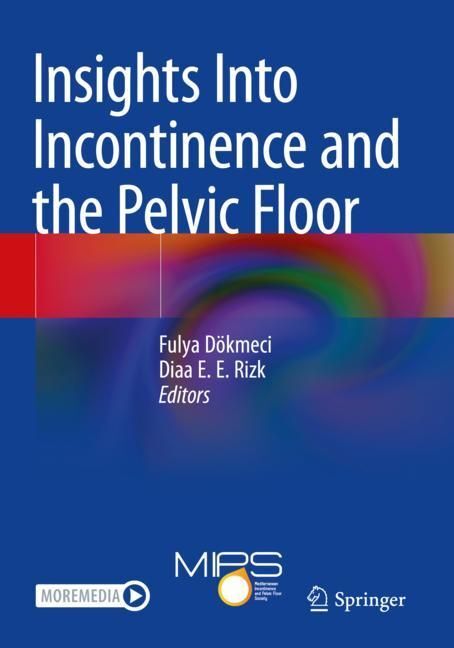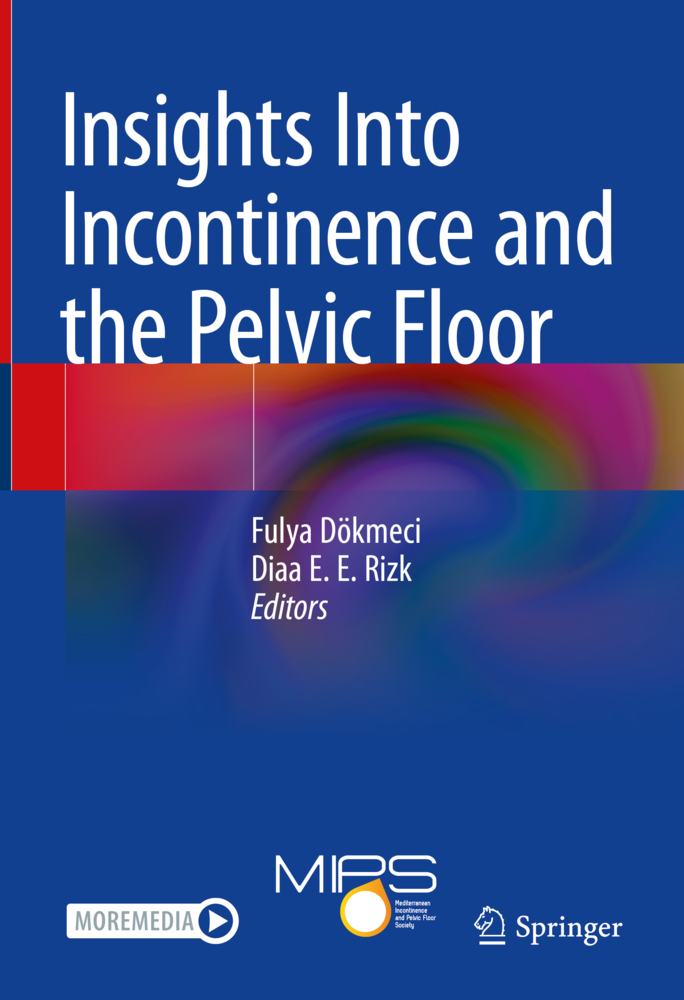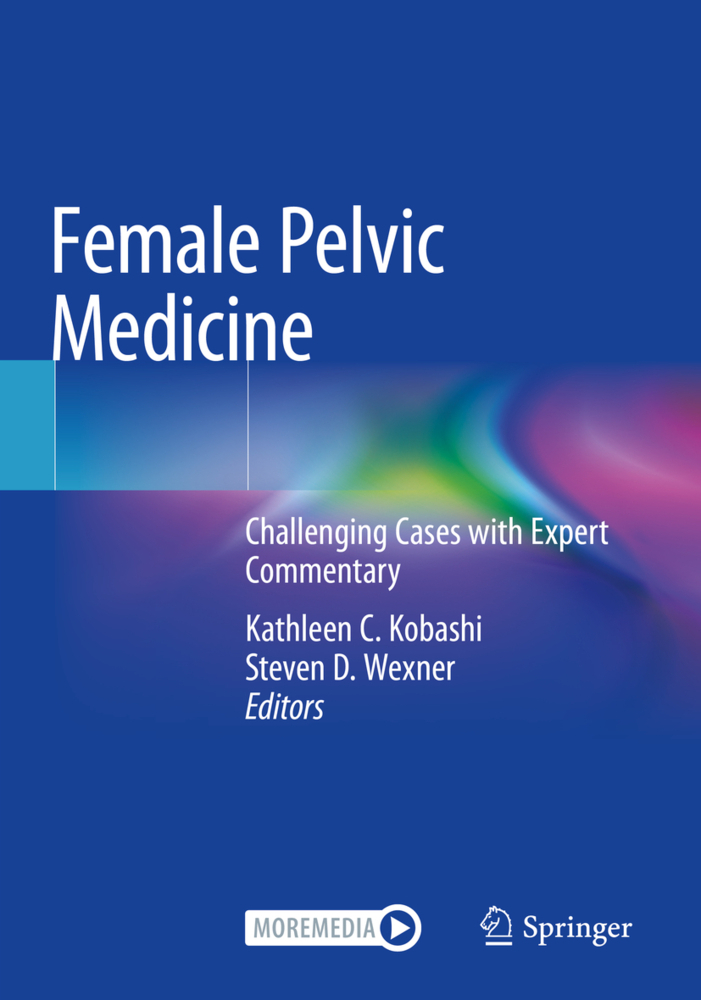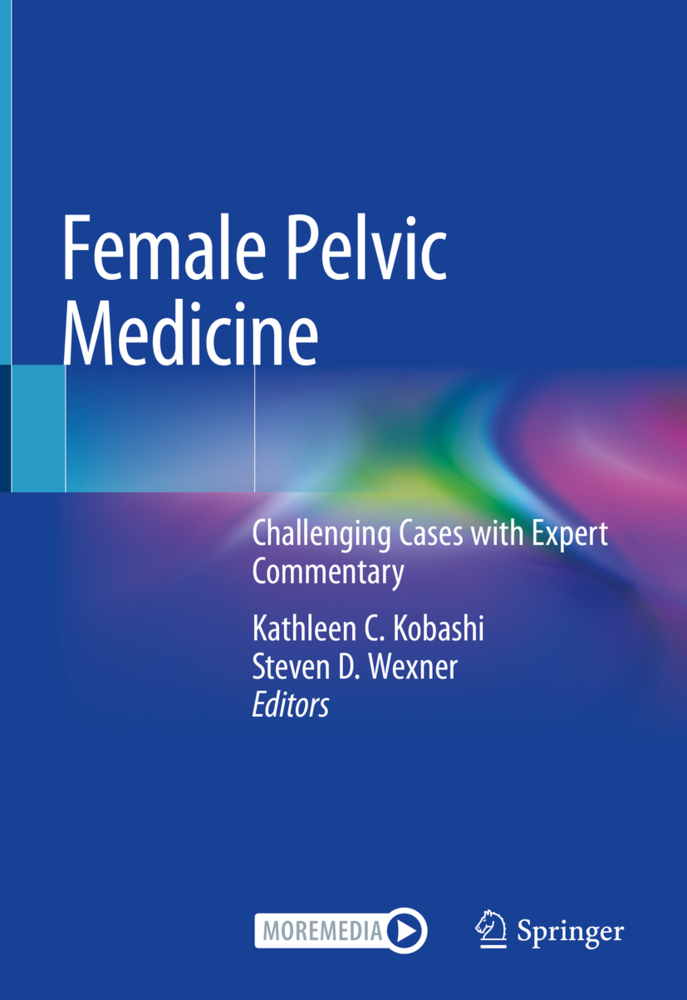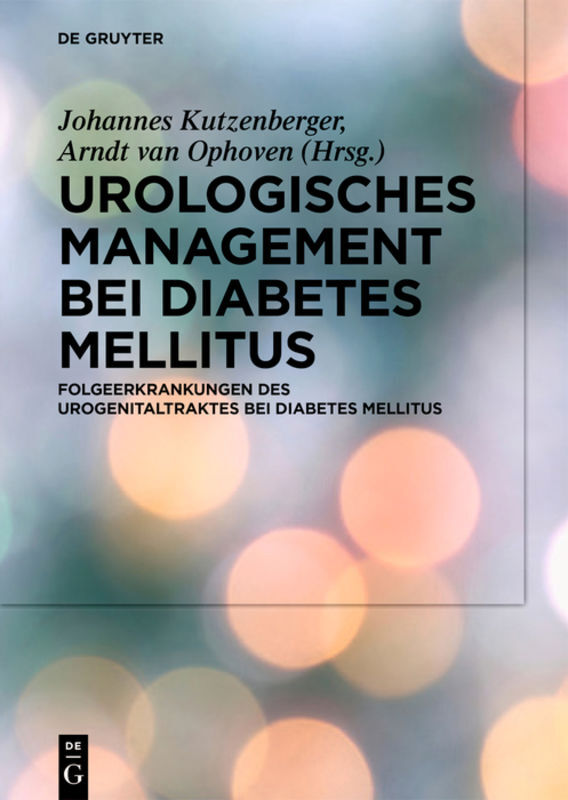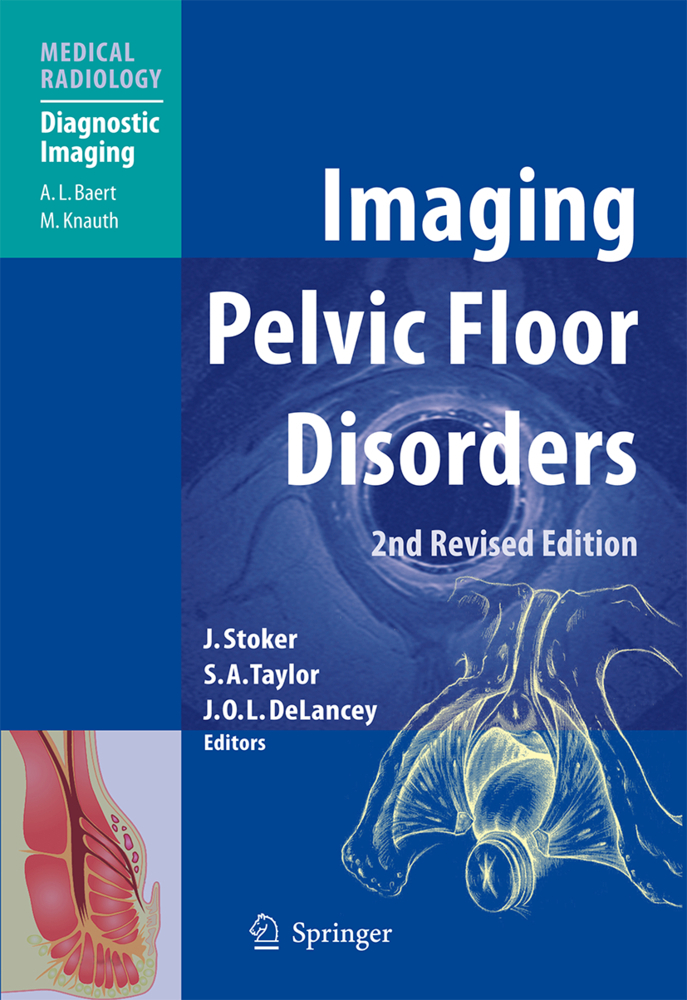Pelvic Floor Disorders, 2 Teile
Pelvic Floor Disorders, 2 Teile
Section I - Pelvic Floor Anatomy and Physiology: 1. State of the Art Pelvic Floor Anatomy - 2. Biochemical Properties and Hormonal Receptors of Pelvic Floor Tissues
3. The Integral Theory: A Musculo-elastic Theory of Pelvic Floor Function and Dysfunction
4. The Pelvic Floor: Functional Concepts and Neurocontrol
Section II - Pelvic Floor Imaging: 5. Principles and Technical Aspects of Integrated Pelvic Floor Ultrasound
6. Transperineal Ultrasonography: Methodology and Normal Pelvic Floor Anatomy
7. Endovaginal Ultrasonography: Methodology and Normal Pelvic Floor Anatomy
8. Endoanal and Endorectal Ultrasonography: Methodology and Normal Pelvic Floor Anatomy.-9. Technical Innovations in Pelvic Floor Ultrasonography - 10. X-ray Techniques: Methodology and Normal Pelvic Floor Anatomy
11. Magnetic Resonance Imaging: Methodology and Normal Pelvic Floor Anatomy
12. Dynamic Magnetic Resonance of the Pelvic Floor: Technique and Methodology. Section III -Obstetric PelvicFloor and Anal Sphincter Trauma: 13. Mechanisms of Pelvic Floor Trauma During Vaginal Delivery
14. Obstetric Perineal and Anal Sphincter Trauma.-15. Neurogenic Trauma During Vaginal Delivery
16. Prevention of Perineal Trauma. Section IV -Urinary Incontinence and Voiding Dysfunction: 17. Overview: Epidemiology and Etiology of Urinary Incontinence and Voiding Dysfunction. Assessment: 18. Patient-Reported Outcome Assessment
19. Urodynamics Techniques and Clinical Application
20. Ultrasonographic Techniques and Clinical Application. Management: 21. Behavioural Therapies and Biofeedback
22. Selection of Midurethral Slings for Women with Stress Urinary Incontinence
23. Tape Positioning- Does it matter?
24. Colposuspension and Fascial Slings
25. Injectable Biomaterials
26. Artificial Urinary Sphincter in Women
27. Pharmacological Treatment of Urinary Incontinence, Overactive Bladder and Voiding Dysfunction
28. Intravesical Botulinum toxin for treatment of Overactive Bladder 29. Sacral Nerve Stimulation for overactive bladder and voiding dysfunction. Section V - Anal Incontinence: 30. Overview: Epidemiology and Etiology of Anal Incontinence
Assessment: 31. Patient-Reported Outcome Assessment
32. Anorectal Manometry: Techniques and Clinical Application
33. Three-dimensional Endoanal Ultrasonography
34. Transperineal Ultrasonography
35. Magnetic Resonance Imaging
36. Neurophysiological Evaluation: Techniques and Clinical Application. Management: 37. Treatment: Which Outcome Should We Measure?
38. Behavioural therapies and biofeedback
39. Pharmacological Treatment of Anal Incontinence: the Evidence
40. Sphincter Repair and Postanal Repair
41. Dynamic Graciloplasty
42. Injectable Biomaterials
43. Artificial Bowel Sphincter and Magnetic Anal Sphincter
44. Sacral Nerve Stimulation
45. Posterior Tibial Nerve Stimulation
46. Radiofrequency
47. Other Surgical Options for Anal Incontinence: From End Stoma to Stem Cell. Section VI - Pelvic Organ Prolapse: 48. Overview: Epidemiology and Etiology of Pelvic Organ Prolapse - Assessment: 49. Patient-Reported Outcome and Clinical Assessment
50. Integrated Imaging Approach to Pelvic Organ Prolapse
51. Transperineal Ultrasonography for Pelvic Organ Prolapse and Levator ani Damage
52. Three-dimensional and Dynamic Endovaginal Ultrasonography for Pelvic Organ Prolapse and Levator ani Damage.-53. Magnetic Resonance and Levator Ani Damage
54. Dynamic Magnetic Resonance Imaging for Pelvic Organ Prolapse. Management: 55. Pelvic Floor Muscle Training in Prevention and Treatment of Pelvic Organ Prolapse
56. Use of Pessaries for Pelvic Organ Prolapse
57. Anterior and posterior colporrhaphy - native tissue versus mesh
58. The Abdominal versus Vaginal approach to middle compartment prolapse
59. The Laparoscopic Approach to Urogenital Prolapse - 60. The Robotic Approach to Urogenital Prolapse
61. Concurrent continence and prolapse surgery - 62. Multidisciplinary Approach for pelvic organ prolapse - the way forward?.-Section VII - Constipation and Obstructed Defecation: 63. Epidemiology, Phatophysiology, Evaluation and Management of Constipation and Obstructed Defecation. An Overview. Assessment: 64. Patient-Reported Outcome and Clinical Assessment
65. Anorectal Manometry, Rectal Sensory Testing and Evacuation Tests.-66. Transperineal Ultrasonography and Obstructed Defecation.-67. Echodefecography: Technique and Clinical Application
68 Evacuation Proctography
Management: 69. Pharmacological Treatment of Irritable Bowel Syndrome and Constipation: the Evidence
70. The Abdominal Approach to Rectal Prolapse
71. The Perineal Approach to Rectal Prolapse
72. The Laparoscopic Approach to Posterior Compartment Prolapse
73. The Robotic Approach to Rectal Prolapse.-74. Sacral Nerve Stimulation in Constipation
Section VIII - Pelvic Pain and Sexual Dysfunction.-75. Painful Bladder Syndrome
76. Pelvic Pain Associated with a Gynecologic Etiology.-77. Pelvic Pain Associated with a Coloproctologic Etiology
78 Female sexual dysfunction
79. Surface Electromyography and Myofascial Therapy.-80. Pharmacological Treatment of Chronic Pelvic Pain.-Section IX - Fistula: 81. Urogenital Fistulae
82. Rectovaginal Fistulae
83. Emerging Concepts in Classification of Anorectal Fistulae
84. Ultrasonographic Assessment of Anorectal Fistulae
85. MRI Assessment of Anorectal Fistulae
86. Surgical Treatment of Anorectal Fistulae
87. Management of Anorectal Fistulae in Crohn's Disease
Section X - Failure or Recurrence after Surgical Treatment: What to Do When it All Goes Wrong: 88. Imaging of Complications After Urogynecologic Surgery
89. Surgical Management of Complications After Urogynecologic Surgery
90. Imaging of Complications After Colorectal Surgery
91. Surgical Management of Complications after Colorectal Surgery. Section XI - Miscellaneous: 92. Congenital Abnormalities of the Pelvic Floor: Assessment and Management
93. Male Urinary Incontinence:Assessment and Management. Appendix: A1. Algorithm Treatment for Urinary Incontinence; A2. Algorithm Treatment for Anal Incontinence; A3. Algorithm Treatment for Pelvic Organ Prolapse; A4. Algorithm Treatment for Constipation and Obstructed Defecation; A5. Algorithm Treatment for Chronic Pelvic Pain; A6. Algorithm Treatment for GenitoUrinary Fistulas, A6. Algorithm Treatment for Anorectal Fistulas.
Santoro, Giulio A.
Wieczorek, Andrzej P.
Sultan, Abdul H.
| ISBN | 978-3-030-40861-9 |
|---|---|
| Artikelnummer | 9783030408619 |
| Medientyp | Buch |
| Auflage | 2. Aufl. |
| Copyrightjahr | 2020 |
| Verlag | Springer, Berlin |
| Umfang | XXV, 1203 Seiten |
| Abbildungen | XXV, 1203 p. 825 illus., 587 illus. in color. With online files/update. In 2 volumes, not available separately. |
| Sprache | Englisch |

